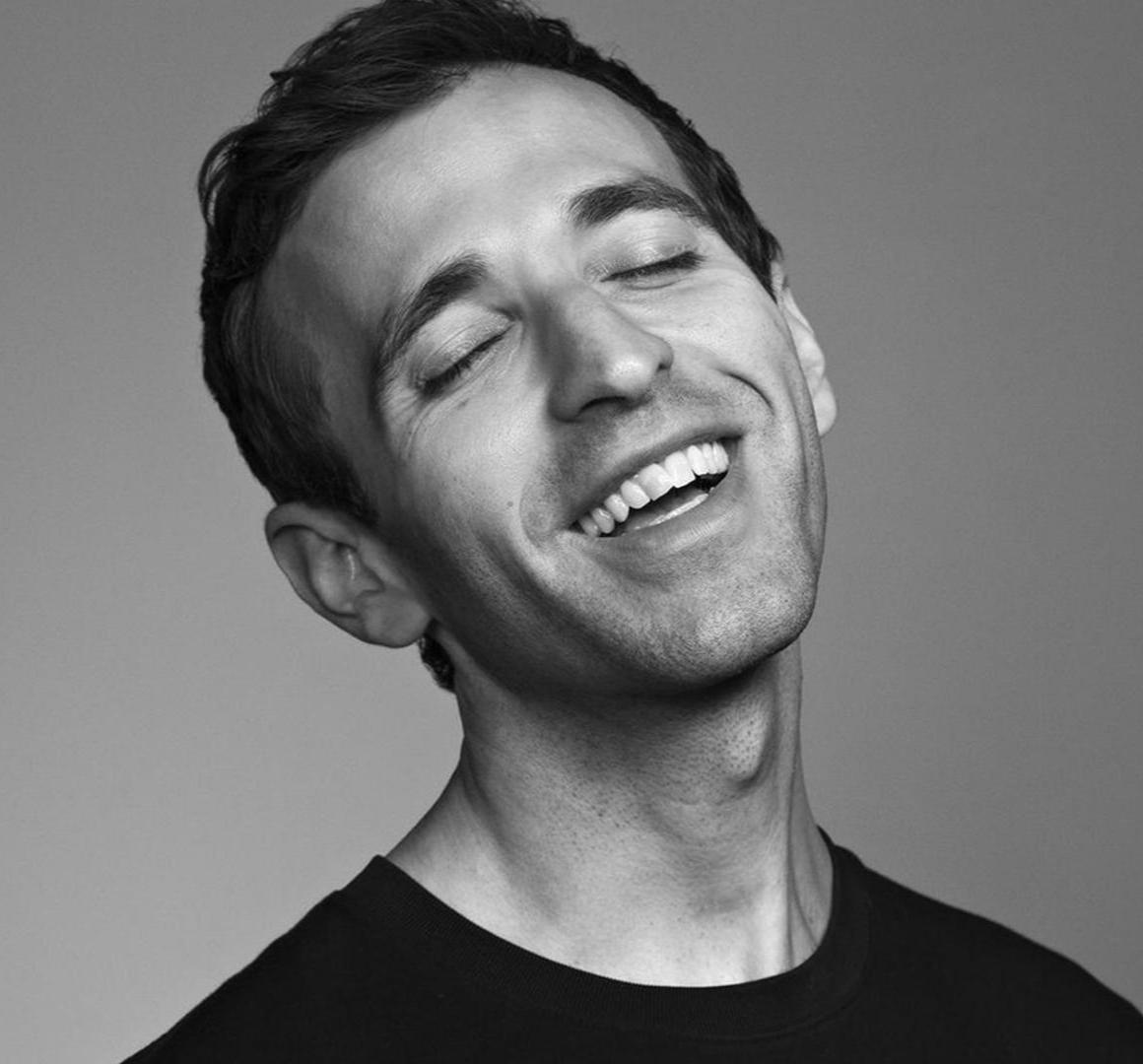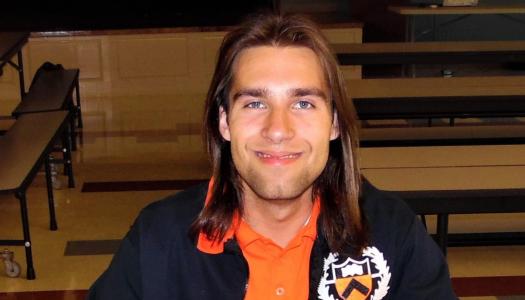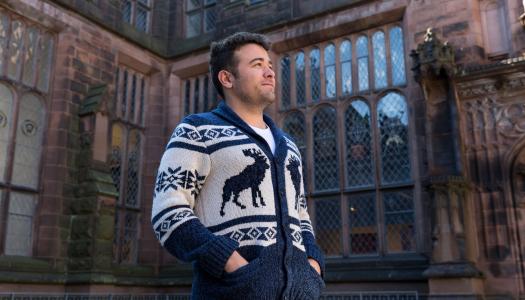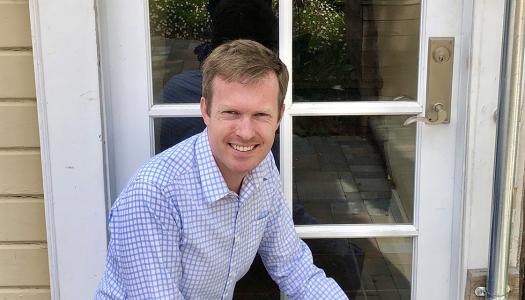East side, West side, Anthony Roth Costanzo ’04 brought music all around the town

After COVID-19 shut down concert halls and theaters, Anthony Roth Costanzo ’04 partnered with the New York Philharmonic to create the NY Phil Bandwagon: 81 semi-impromptu public concerts throughout New York City over eight weeks in 2020.
Standing silently in Brooklyn Bridge Park, headphones slung around his neck, the man closed his eyes and allowed Dido’s lament from Henry Purcell’s “Dido and Aeneas” to envelop him.
Prompted to perform the 17th-century aria by a nearby Black Lives Matter gathering, countertenor Anthony Roth Costanzo ’04 sang the lyrics, “Remember me, forget my fate,” from the back of a parked pickup truck. Watching the man respond to the music was, Costanzo recalled, a singular moment.
The COVID-19 pandemic shut down concert halls, theaters, and indoor dining in restaurants, while forcing people to keep their distance as they walked city streets. To bring healing through live music, Costanzo partnered with the New York Philharmonic to create the NY Phil Bandwagon: 81 semi-impromptu public concerts throughout New York City over eight weeks in 2020.
Hearing people applauding health care workers from their windows had set him thinking. “That was really the first applause that I had heard since everything shut down.” said Costanzo, who has sung in opera houses around the world and whose many performances, including concert versions of “Rodelinda,” were cancelled when the pandemic hit.
The applause reminded Costanzo of how important community was — the community around an audience and the community of performers with their audience. “It made me feel like we had to find a way to do something live,” he said. “One of the advantages of this time is that we could reinvent the concert-going ritual. So instead of just doing things in one place, and making people come there, we could go to them. That would allow us to create points of access and a kind of dialogue with the city and with people in a way that we wouldn’t necessarily in normal time.”
Costanzo pitched leaders of the New York Philharmonic, who committed to making his idea a reality. In a pickup truck emblazoned with NY Phil Bandwagon, Costanzo and small groups of volunteer Philharmonic musicians presented 20-minute “pull-up” concerts across the city’s five boroughs. They played classical repertoire but also works by artists such as Charlie Parker, Marvin Gaye and Alicia Keys, plus six new commissioned pieces such as “Loop” by Carlos Simon.
What looks effortless on Costanzo’s Instagram feed was much more complicated in actuality. Getting permits for the project alone was a major task, as was thinking through the safety measures for all involved. The opera singer and producer, who lists “interdisciplinarian” as one of his Instagram tags, credits his Princeton senior thesis — in which he wrote, produced and starred in an opera — with teaching him the logistics of launching complex projects.
Street vendors barking, sirens screaming, motorcycles groaning — the sounds of the city became part of each unique performance. “The New York Philharmonic is the city’s orchestra,” Costanzo said, “but now the city was our orchestra, and we were the soloists. That’s what it felt like. We were able to accompany all of these people and create an experience for them, which provided them with a moment of beauty.”
The Bandwagon concerts provided catharsis for Costanzo as well as for many who stopped to listen. Toddlers smiled from strollers. Couples danced. Smiling eyes crinkled from behind masks. One woman told Costanzo the music helped her heal after her father had died of COVID-19.
“It felt like it was a real opportunity for reflection, for grief, for stopping everything,” Costanzo said. “And that’s what music has always been and can be. It can be these opportunities to disconnect from the hecticness of our normal lives, and have this sort of communal moment. That felt very powerful.”
Even so, Costanzo knew there would be mistakes. On a test run, Costanzo approached a street vendor to ask about playing a “pull-up” concert in a nearby public space — and was surprised to hear that playing classical music from a European tradition would be hurtful in a neighborhood experiencing gentrification.
“Now, if you had someone from this community, or music that connected to this community, that would be a different story,” the man told him.
The encounter helped Costanzo realize that this lack of connection limited the reach of his project. Soon after, he added collaborations with community partners near the sites where Bandwagon hoped to play, including the National Black Theatre of Harlem, a special education school in the Bronx and a Taiwan society in Flushing, Queens. New alliances were formed that the Philharmonic will hopefully build on in the future, Costanzo said.
“My philosophy about creating in a time of pandemic is that anything we do shouldn’t just be a compensation, but should actually be a step forward that can have an impact into the post-pandemic times,” he said. “It became clear to me this was an opportunity… to see how much grassroots engagement with new audiences can have an impact.”
Costanzo has not been idle since parking the Bandwagon pickup truck in October. Among the virtual performances, recitals, and teaching he’s done, is practicing a new opera that John Corigliano is composing to premiere at the Sante Fe Opera this summer.
And Bandwagon will be back in the spring. Details are under embargo currently, but the pop-up concert concept will remain the same, as will the mission: to bring live music and its healing power and beauty to audiences across the city.


